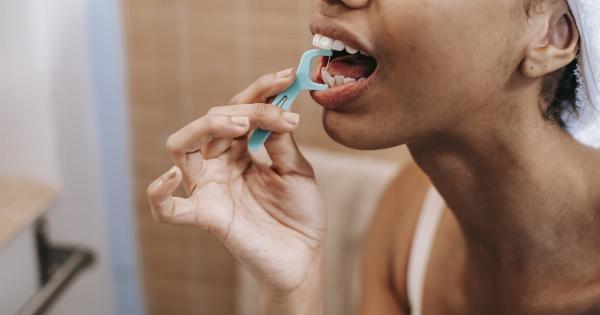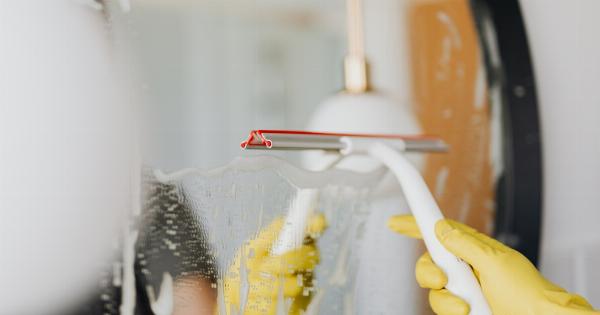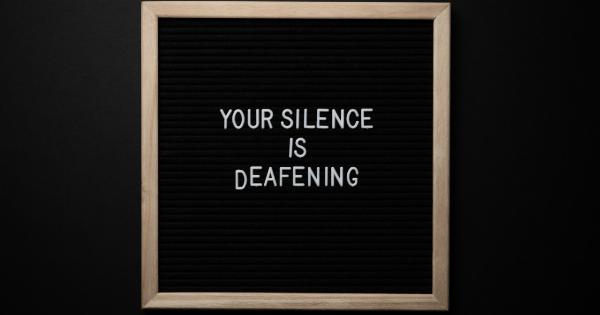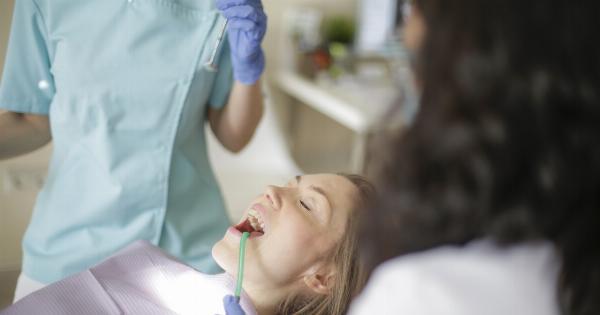When it comes to maintaining oral hygiene, using a toothbrush is an essential part of our daily routine. It helps in removing plaque and preventing various dental issues like cavities, gum diseases, and bad breath.
However, many of us may not be aware that toothbrushes also have a lifespan and need to be replaced periodically. In this article, we will discuss whether there is a recommended period for replacing our toothbrushes and why it is important to do so.
Understanding the Lifespan of a Toothbrush
A toothbrush, just like any other tool, undergoes wear and tear over time. The bristles tend to fray, become frayed, and lose their effectiveness in cleaning the teeth and gums.
Additionally, toothbrushes can become a breeding ground for bacteria, fungi, and other microorganisms.
A common recommendation by dental professionals and the American Dental Association (ADA) is to replace your toothbrush every three to four months. This timeline ensures that your toothbrush remains effective in cleaning your teeth and gums.
Factors Affecting Toothbrush Lifespan
While the general recommendation is to replace your toothbrush every three to four months, it is important to note that certain factors can affect the lifespan of your toothbrush. These factors include:.
1. Frequency of Use
If you brush your teeth more than twice a day, your toothbrush may wear out faster. Brushing vigorously or using excessive pressure can also lead to faster fraying of bristles.
Vigorous brushing is not recommended as it can damage tooth enamel and irritate gums.
2. Medical Conditions
If you have certain medical conditions, such as gum diseases or a weakened immune system, it is advisable to replace your toothbrush more frequently. This helps in minimizing the risk of reinfection and maintaining optimal oral health.
3. Bristle Condition
If the bristles of your toothbrush appear frayed, bent, or splayed before the three to four-month mark, it is a clear sign that you should replace it.
Frayed bristles are less effective in cleaning your teeth and gums, and they may even cause harm by scratching the tooth enamel.
4. Environmental Factors
If you store your toothbrush in a closed container or in an area with poor ventilation, it can promote the growth of bacteria and mold.
To ensure a longer lifespan for your toothbrush, it is recommended to store it upright in an open air environment, allowing it to dry between uses.
Why is it Important to Replace Your Toothbrush?
Replacing your toothbrush at regular intervals is crucial for maintaining optimal oral health. Here are some reasons why it is important:.
1. Effective Cleaning
A new toothbrush with intact bristles can effectively remove plaque and food particles from your teeth and gums. Fresher bristles ensure better cleaning, ultimately leading to healthier oral hygiene.
2. Bacterial Build-up
Over time, bacteria, fungi, and other microorganisms can accumulate on your toothbrush. These microorganisms can cause infections, worsening existing dental conditions, and compromising your oral health.
By replacing your toothbrush regularly, you reduce the risk of microbial contamination.
3. Toothbrush Wear and Tear
As mentioned earlier, the bristles of a toothbrush gradually wear out, losing their effectiveness in cleaning your teeth.
Frayed bristles may not be able to reach certain areas of your mouth, leaving plaque behind and increasing the chances of cavities and gum diseases.
4. Maintaining Fresh Breath
Regularly replacing your toothbrush helps in preventing bad breath. Bacteria that accumulate on an old toothbrush can contribute to foul smelling breath. By using a fresh toothbrush, you can maintain a pleasant breath throughout the day.
How to Care for Your Toothbrush
In addition to regular replacement, taking proper care of your toothbrush can also extend its lifespan. Here are a few tips to keep in mind:.
1. Rinse After Use
Rinse your toothbrush thoroughly under tap water after each use to remove any leftover toothpaste, food particles, and saliva. This helps in preventing the buildup of bacteria and other microorganisms.
2. Store it Upright
Store your toothbrush in an upright position so that it can air dry between uses. This prevents moisture accumulation, which can encourage bacterial growth.
3. Avoid Sharing
Do not share your toothbrush with anyone, even family members. Sharing toothbrushes can lead to the transfer of bacteria and infections.
4. Keep it Away from the Toilet
When storing your toothbrush, make sure it is not in close proximity to the toilet. Flushing the toilet can release aerosolized particles that may settle on your toothbrush, increasing the risk of contamination.
5. Replace if Illness Occurs
If you have been sick, particularly with an illness that affects your mouth or throat, it is important to replace your toothbrush once you recover. This prevents reinfection and maintains better oral health.
In Conclusion
Regularly replacing your toothbrush every three to four months is recommended for maintaining optimal oral health. Factors such as frequency of use, medical conditions, and bristle condition can influence the lifespan of your toothbrush.
By taking care of your toothbrush and following proper oral hygiene practices, you can ensure better cleaning and minimize the risk of dental issues.


























